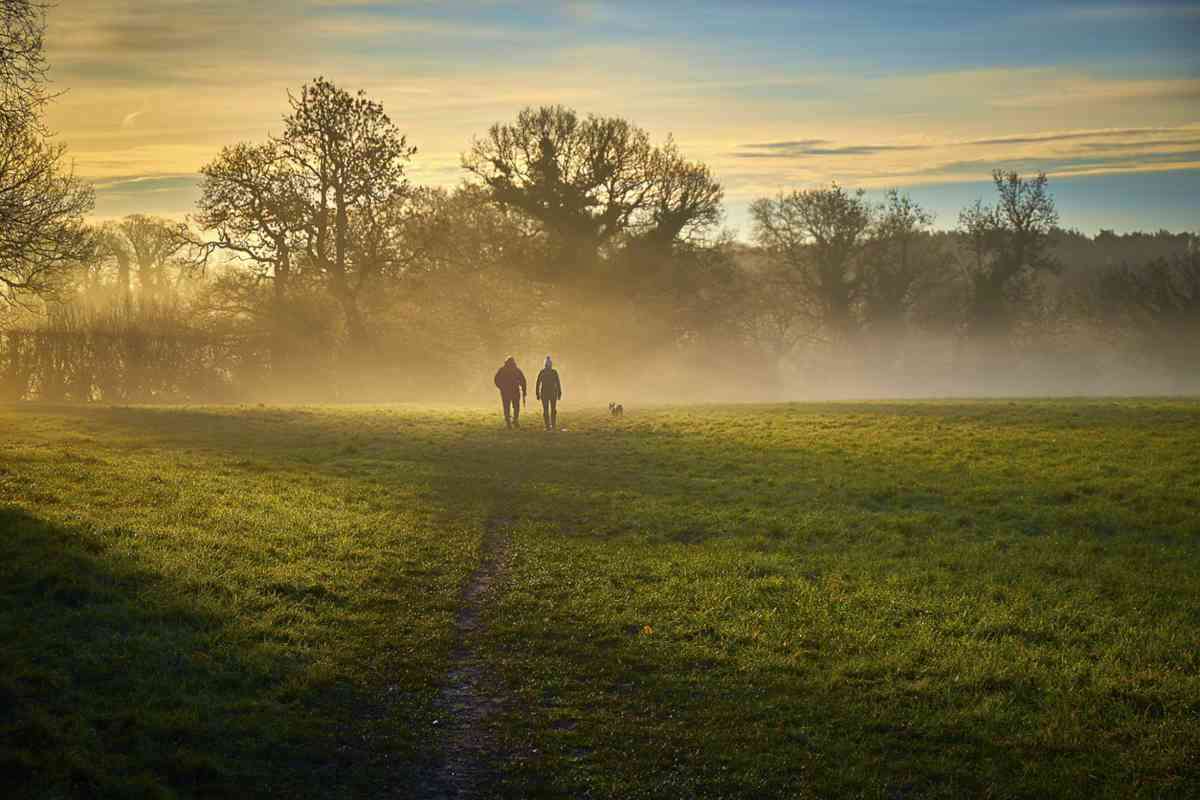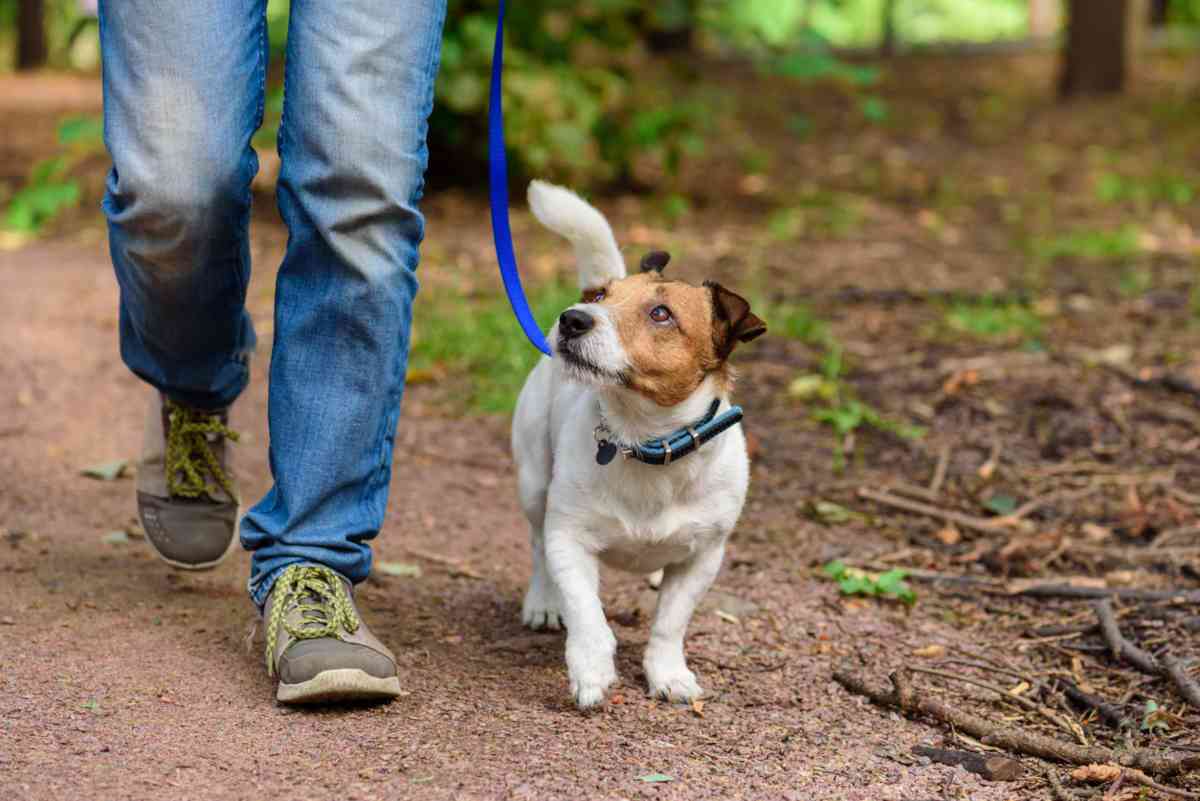Cold, wet January can be a difficult time to get enthused about dog walking. Follow our guide to help make walkies a happy time for both you and your pet.
Set a goal
January is one of the coldest, wettest and darkest months, so if you can make the most of your dog walks now, the rest of the year should be a doddle. Why not use 'National Walk Your Dog Month' as an opportunity to set yourself some small targets, whether that's walking time, distance, speed or frequency. It could also be a good way to focus on helping your dog lose that extra bit of weight.
Dog walking makes us happy!
If you're struggling to get out of the door, think of how good you'll feel afterwards. Psychologists at the University of Liverpool interviewed 26 dog owners and found that humans get just as much benefit from their daily walks as their dogs. It was found that the biggest motivation for dog owners (after exercising their dog) was the effect that dog walks had on their mood and mental health – even more so than the social or physical health benefits.1

Top tip! Monday is the most-skipped day when it comes to dog walking. Knowledge is power, so if you know a certain day is harder for you to get out of the door, plan for it. Try making your dog walk the first activity of your day.
A mood-boosting change of scene
A change of scene can help keep things fresh. Aim for natural environments as much as possible, as they will give you the chance to practice mindfulness and notice the beauty of nature and the world around you. Spending time in nature has been proven to increase your sense of wellbeing,2 help restore your attention when it starts to flag, and it's also great thinking time – especially if there's a decision you want to think through, or a problem you're trying to solve.
Being outside in natural light – even if it's a dull day – can also help to ease the effects of seasonal affective disorder (SAD) if this is something that affects you or your dog.

Top tip! When choosing your route, bear in mind that older dogs – or ones who suffer with joint problems – will do better on softer surfaces, like grass. You should avoid hard surfaces (like concrete) as much as possible, as well as steep hills or sand.
Try a sniffari
Dogs have 300 million olfactory cells in their nose – which explains why they are quite so interested in sniffing just about everything, and why they might get frustrated when they are forever hurried along on their walks.
A 'sniffari' is an outing where you use a longer lead (or take them off the lead, where safe) and let them decide the direction and pace of the walk. Even if you regularly walk them off-the-lead, remember that on this outing there should be no commands or attempts to steer them (other than for safety reasons).
Rather than stopping them from sniffing, or trying to up their pace, you follow them. You might even find they're more tired after a sniffari than they are after a normal walk, while you can take the time to slow down and engage with your surroundings more mindfully.
Sniffari top tips...
- Use different collars and leashes so your dog can distinguish between a normal walk (during which you are in charge) and a sniffari. Once they get used to this system, they'll know what to expect before they've even left the house.
- Ensure they have a long lead, preferably at least 10 foot in length, to allow them to explore – but ensure it's a length you can manage. Where it's safe, you can let them off.
- Have a yummy treat or two in your pocket to help reward them for choosing to check in with you or responding to your commands (although they're technically in-charge on 'sniffaris', they still need to come when called).
- Be aware of environmental dangers, including mushrooms (some of which are toxic to dogs) and certain plants. You should also make sure your pet is protected against fleas, ticks and worms.
- Give them a once-over when you get home, including in their ears and paws.
Check up on their health
As well as giving your dog their daily exercise, their walk is also an important opportunity to check up on their health. From joint problems to bowel or urinary issues, many owners spot problems for the first time out on a walk. Look out for constipation, straining, loose bowel movements or worms in their stools.
Social benefits
Walks can bring social benefits, too. As well as those 'feel-good' endorphins, which will help both of you shake off the January blues, a study of more than 800 people found that those who walked a dog at least four times a week were more likely to report feeling a strong sense of community, compared to those who didn't own a dog.3
Even if you still have to practice social distancing, owning a dog can help you enjoy everything from one-off interactions to the development of deep friendships. For dogs, their walks help to support proper socialisation and behaviour, as well as to avoid social anxiety.







